Introduction:
Web development has come a long way since the early days of the Internet. With the rapid evolution of technologies, programming languages, and frameworks, it's essential for software engineers to stay up-to-date with the latest trends and best practices. In this post, we'll explore some of the most popular tools, techniques, and best practices in modern web development, along with images to help illustrate these concepts.

Front-end Development
a. HTML, CSS, and JavaScript
HTML, CSS, and JavaScript are the core technologies used in front-end web development. HTML (Hypertext Markup Language) is used to structure content, CSS (Cascading Style Sheets) is used for styling, and JavaScript is used for interactivity and dynamic content.
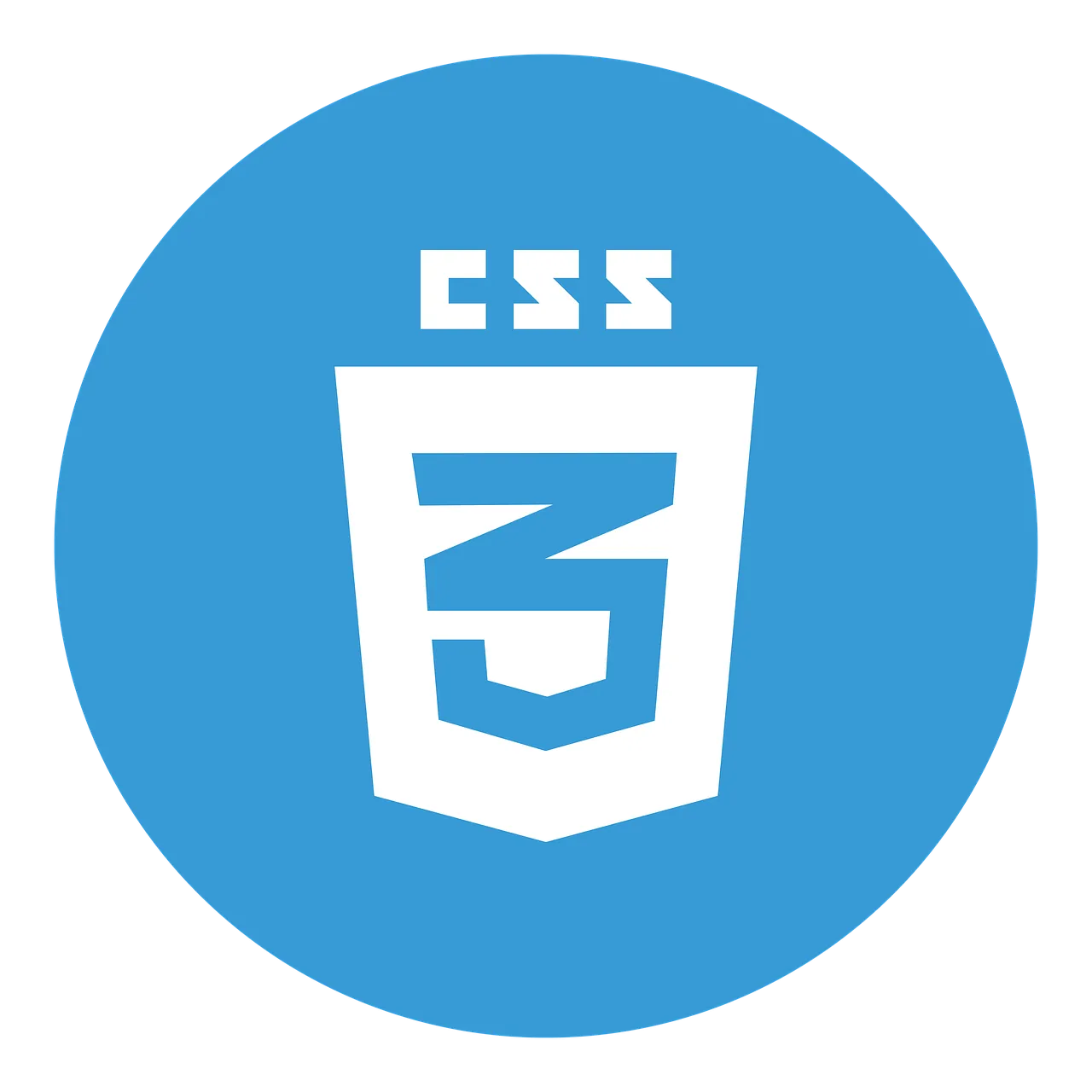
b. Responsive Web Design
Responsive web design is a technique that allows websites to adapt to different screen sizes and devices. This is achieved by using fluid grids, flexible images, and CSS media queries.
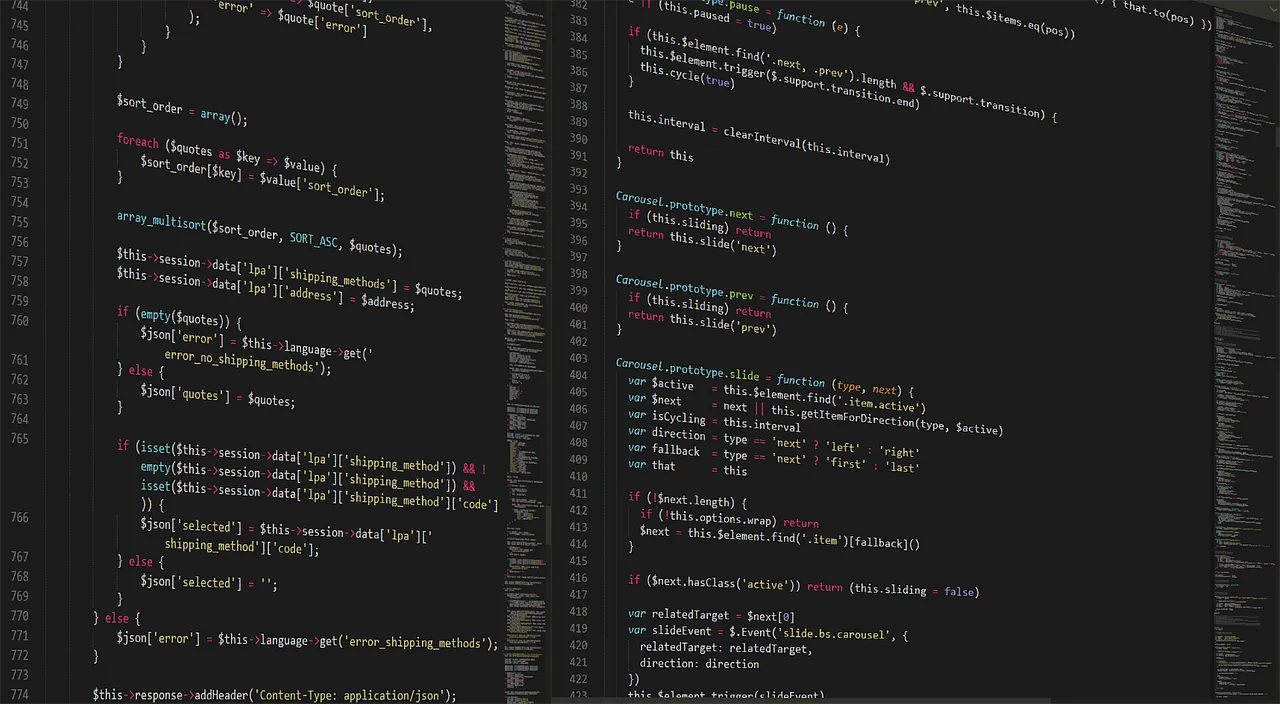
c. Front-end Frameworks and Libraries
Popular front-end frameworks and libraries, such as React, Angular, and Vue.js, help developers build complex user interfaces more efficiently. These tools provide pre-built components and a structured approach to organizing code.

Back-end Development
a. Server-side Programming Languages
Server-side programming languages, such as Python, Ruby, PHP, and Node.js, are used to create the logic and functionality behind web applications. These languages interact with databases and handle user requests.
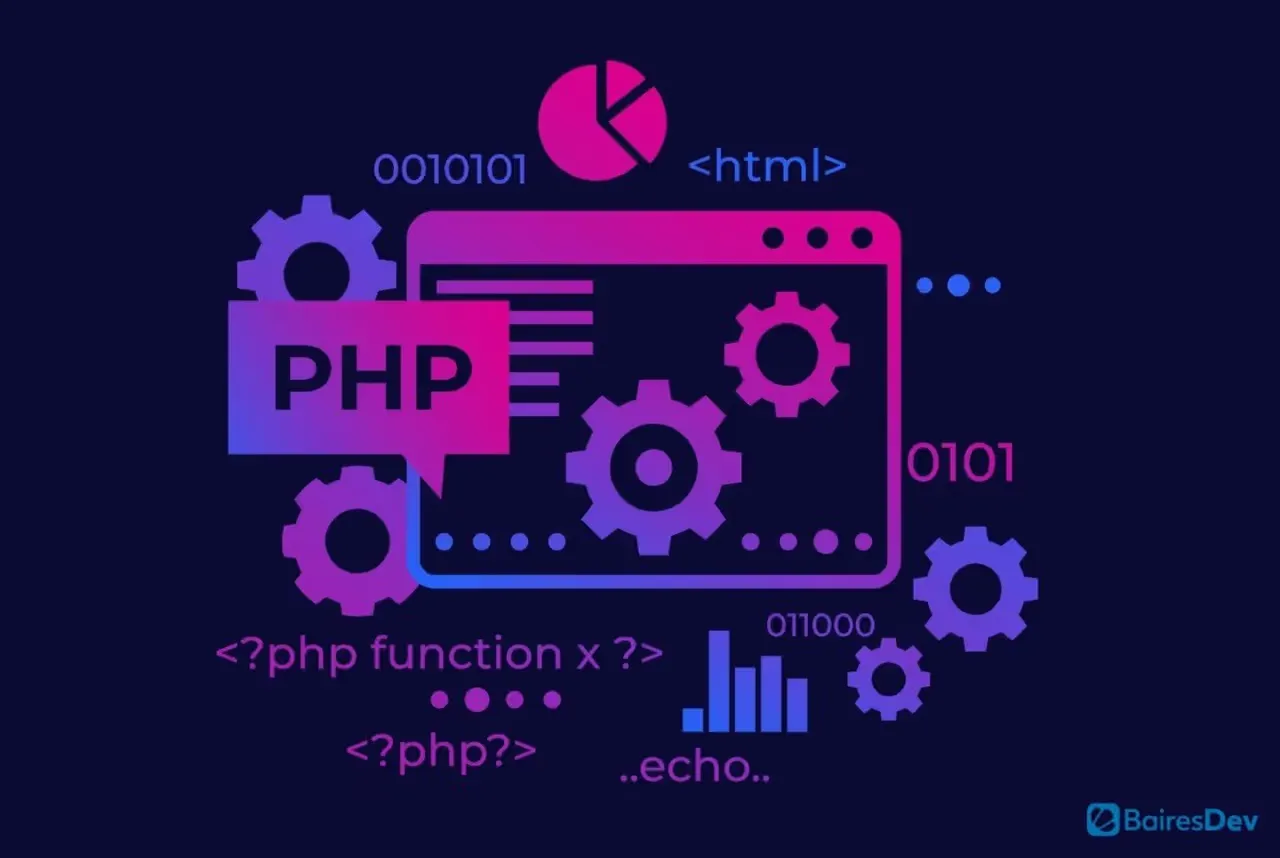
b. Databases
Databases store and manage data for web applications. Popular databases include MySQL, PostgreSQL, and MongoDB. Choosing the right database depends on the specific needs of your application.
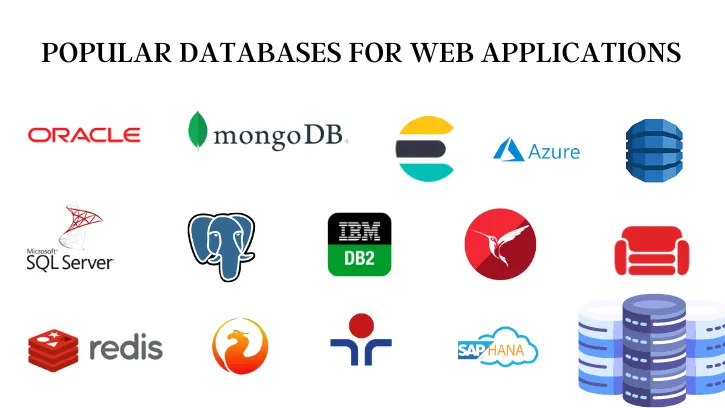
c. Back-end Frameworks
Back-end frameworks, such as Django, Ruby on Rails, and Express.js, provide a structure for building server-side applications. These frameworks include pre-built components and tools that simplify the development process.
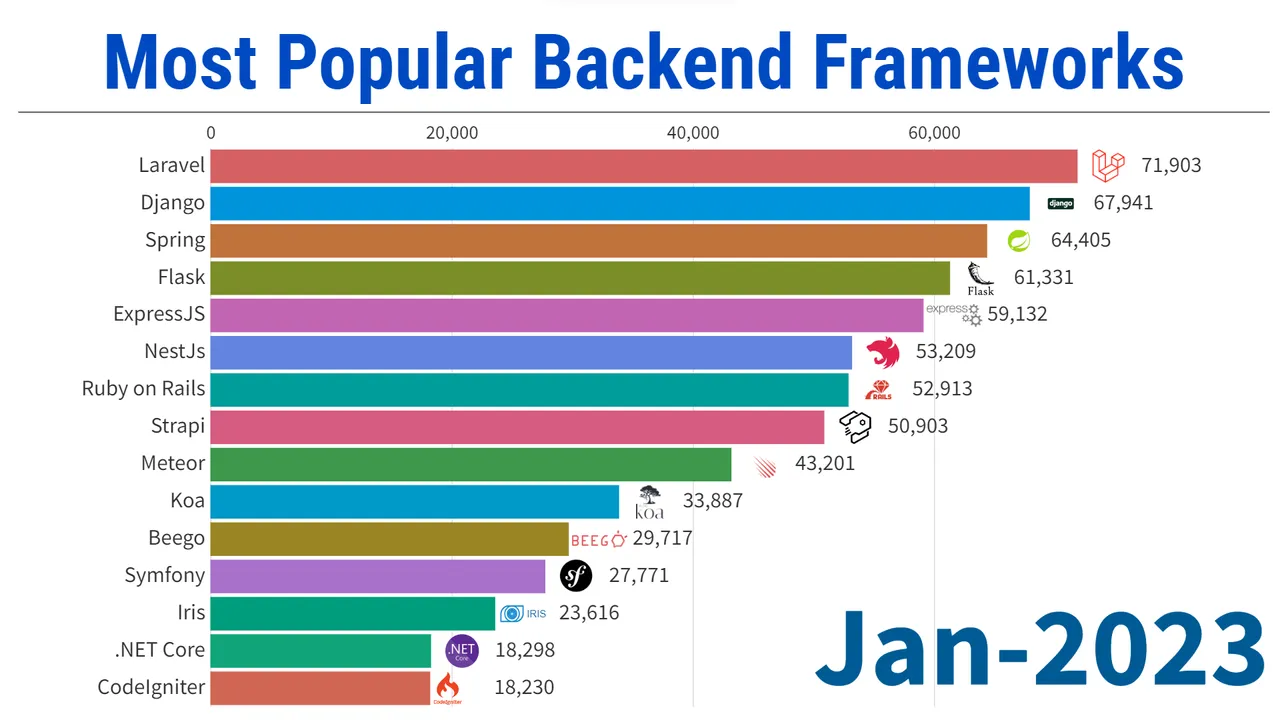
Version Control
Version control systems, such as Git, help developers track changes to their code and collaborate more effectively. They allow multiple developers to work on the same project simultaneously without conflicts.

a. Continuous Integration and Deployment
Continuous integration (CI) and continuous deployment (CD) are practices that automate the process of building, testing, and deploying software. Tools like Jenkins, Travis CI, and CircleCI help ensure that code is always in a releasable state.
 Testing and Quality Assurance
Testing and Quality Assurance
Testing and quality assurance are crucial aspects of software development. Automated testing tools, such as Selenium, Jest, and Mocha, help developers catch bugs and errors before they reach the end-user.

Conclusion:
Modern web development is a constantly evolving field, and staying up-to-date with the latest tools, techniques, and best practices is essential for success. By mastering these concepts and continually learning, software engineers can create high-quality, user-focused web applications that meet the needs of today's users.
